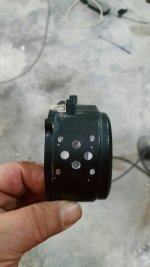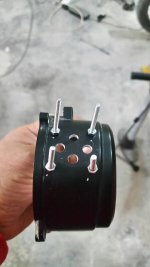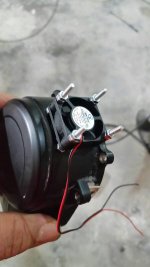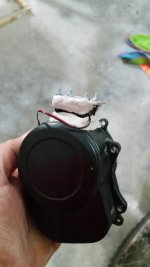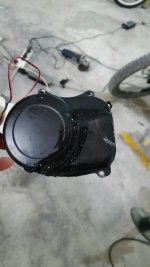Halvarsson said:
Looking for coaster brake version with max power. i can find version with 36v and 350w wich is good but not enough when non-coaster brake version is everywhere with 48V 15A (750W) and the same price.
Maybe i look at the wrong place to buy? (pswpower)
Or is there a very good reason why it is not available a coaster brake version with more than 350W 36V?
safety reasons?
/H
Coaster brakes tend to be used on low speed Cruiser type bikes, and are usually the only brake on the bike. Or for childrens bikes where hand strength and coordination aren't developed yet.
Faster bikes almost always have front and rear brakes that are hand operated to allow modulation between front and rear braking for safety reasons. This would be difficult to coordinate between a backpedaling foot brake and a front hand brake. Also there is a delay in braking that may occur in bringing the pedal to a position where braking is possible. Again not a good idea on a fast bike. I would like to see one offered for bikes that dont use a throttle (PAS only) since theres no need for the troublesome freewheel as the motor won't ever need to go faster than the pedals. But as long as it's considered a "coaster brake" version that probably won't happen.



